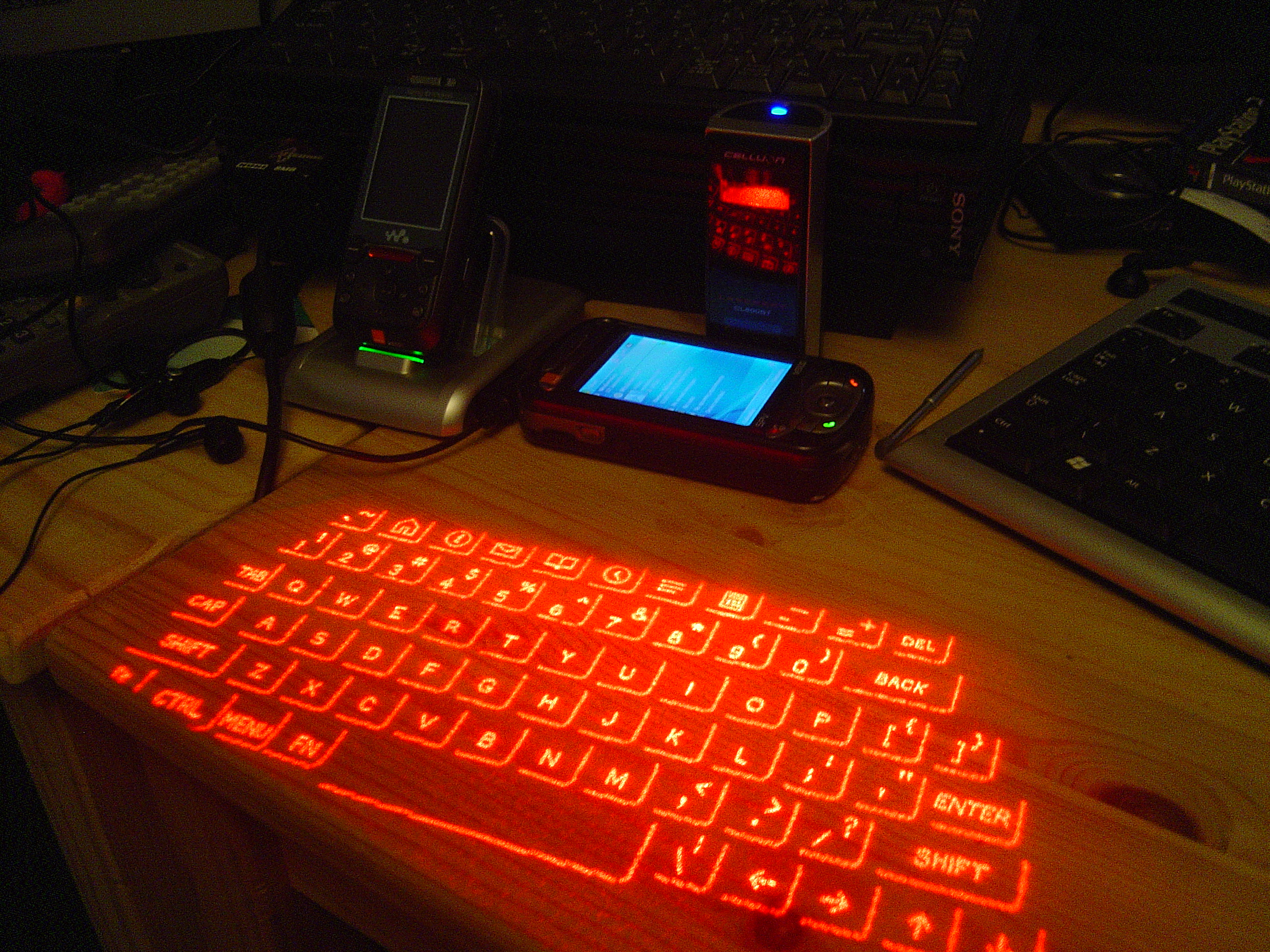Welcome to the Fourth Industrial Revolution!

Imagine a future where, as you awaken in the morning, your house is waking up with you. Using your individual custom settings, the shower begins running, the coffee starts brewing itself in the kitchen, and your car has started itself in the garage, warming up to take you to work. Your phone sends you a push notification that it has determined its battery will wear out soon and that a new one has been ordered and will arrive on Thursday.
Welcome to life after the Fourth Industrial Revolution.
The phrase “industrial revolution” probably reminds you of sitting in history class learning something about a steam engine and James Watt’s vapor-powered technology making it possible to shift to mass production. However, there have been two others since: one in the late 1800s based around electrification and division of labor (assembly lines), and another in the late 1900s based on the rise of information technology (computers and the Internet).
Three years ago, the Germans were predicting a fourth revolution, one that promises dramatic transformations in the workplace, making an entire universe of objects revolve around you; one in which everyday objects are connected to the Internet and are able to communicate with one another.
This is the production side of the Internet of Things (IoT). Everything around us, from our cars to our toasters, will be connected to the Internet. Smart devices will be able to talk directly to the machines that manufactured them, making it possible for your dishwasher to notify the factory that it is about to wear out. Factories can then adjust production levels to compensate, so that a replacement unit is ready and waiting for you when you need it. Even automated factory processes themselves are getting the IoT treatment, to the point of incorporating remote alarm notification systems designed to inform operators of breakdowns or failures.
As a result of all of this smart technology, backorders and wait times will soon be a thing of the past and factories will largely care for themselves, leading to greater efficiency. Smart factories are set to irrevocably change the face of manufacturing, avoiding breaks in production and reducing energy waste so often seen in the industrial sector.
There are, of course, potential pitfalls. As these smart machines replace human labor, there will be fewer jobs available. It won’t matter much how efficiently products are made if no one has the money to buy them. Also, a universal computer language will need to be developed; otherwise there may be times when devices can’t speak across proprietary company boundaries.
Security is another obvious concern. Malware already exists that is designed specifically for this type of production. An increased dependency on smart machines in the manufacturing space could also wreak havoc on developing countries, whose economies depend on manufacturing jobs.
The question that remains to be answered is this: Will pitfalls outnumber benefits and kill the concept?
Probably not, but – brace yourself. The Fourth Industrial Revolution is here.
